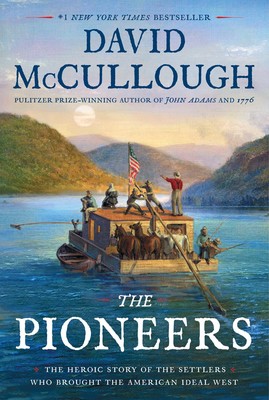 |
| Headline on news story about Simon Bentley's accidental drowning death. |
New York to Indiana
In the mid-1830s, William and Olivia moved their entire family from rural New York to the forested wilderness of Elkhart county, Indiana. Olivia died in 1838, leaving William with sons and daughters ranging in age from 6 to 16.
My research hasn't turned up any clues to whether William remarried. How he managed to work his land and raise his family, I will never know.
Indiana to California
By 1848, William had left Indiana, bound for California. He wasn't looking for gold--he was looking for good farm land.
Most of William's children also went to California, but not all. Two of his daughters married before William moved west, and they never left Indiana.
Lucy Emeline Bentley, my husband's 3d great-grandma, stayed in Indiana with her husband and children. The same goes for her sister, Lucinda Helen Bentley, who also remained in Indiana with a husband and children.
All the others went to California, where I found them in Census records, voting records, local newspaper accounts, and local historical books, among other sources.
Simon Bentley in California
Simon Bentley, the younger son of William and Olivia, moved to California in his 20s. In his 30s, he married Eliza Jane Jordan, and worked as a farm laborer in the Santa Cruz area. After Eliza died, Simon continued to work on farms and board with other families.
The California voter registration records for 1892 describe Simon at age 64 as 5 feet 10 inches tall, light complexion, blue eyes, gray hair. He was living on Grant Street in Santa Cruz. This and other records confirm his occupation as "farmer" and "New York" as his birthplace.
Simon's Sad End
If you noticed the clipping at the top, you know what happened to poor Simon. I only found out his fate through a newspaper search. At age 66, he was an "old man" whose tragic drowning inspired not one but two California newspaper stories.
One of the articles says he lived with his faithful dog in a "tumble-down shanty" in East Santa Cruz. The article also stated that Simon had previously spent some time in "Agnew's asylum." It's hard to tell whether Simon was truly mentally ill, had a chronic medical ailment, or was homeless and destitute.
On the fateful day of September 9, 1894, Simon was fishing off a point of rocks, as he often did, when a sudden breaker swept him into the surf.
A young man jumped into the water to help, but there was a ferocious undertow. Simon quickly vanished beneath the waves before he could be saved.
Eventually, the police pulled Simon's body out of the water not far from where he went in. Poor Simon was buried in Santa Cruz alongside his sister Abbie Eliza Bentley Curtis, who had died the year before.
This is my "poor" entry in the #52Ancestors genealogy prompt series by Amy Johnson Crow.























